When expressing milk, it’s normal to wonder whether you’re making enough for your little one. If your expressed breastmilk doesn’t match your expectations or if your baby seems unsatisfied after feeding sessions, you’re not alone. Low milk supply is a common concern, but there are effective strategies you can try to boost your milk production, one of which is power pumping.
This guide covers everything you need to know to boost your milk supply. Discover practical tips to support your breastfeeding journey, from how to power pump effectively to setting an efficient power pumping schedule that works for you.
What Is Power Pumping and How Does It Increase Milk Supply?
Power pumping is a technique that mimics cluster feeding to stimulate increased breastmilk production. With cluster feeding, your baby feeds in shorter, more frequent intervals. So, rather than a single full breastfeeding session every 2-3 hours, you generally feed your baby at least twice over a few hours. This increased demand signals your body to create more milk by triggering a rise in prolactin levels, the hormone responsible for milk production.
Power pumping can produce similar results and is a natural and safe way to encourage your body’s own milk production process. If milk isn't removed regularly or completely, the body thinks it doesn't need to make as much. Pumping more frequently and repeatedly emptying the breasts sends a message to your body that more milk is needed for your baby.
How Do You Power Pump?
There isn't one single right way to do this. However, most mums succeed with a structured approach, starting with the right timing, tools, and consistent schedule. Here’s a complete power pumping guide to help you get started:
1. Find the Best Time
-
Dedicate one or two hours of pumping daily for at least a week.
-
The hormone that supports milk production, prolactin, is highest during early mornings, usually between 4 AM and 7 AM. [1] Time your session during these hours to take advantage of your body’s natural hormonal rhythm.
2. Set Up Your Pump
-
Use a double electric breast pump for efficiency. Studies suggest that double pumping can yield more milk than single pumping, as it stimulates both breasts simultaneously. [2]
-
Learn how to measure your flange size and find the perfect fit for your breast pump. A correct flange size not only helps generate enough suction for milk expression but also prevents nipple pain, rubbing, and blocked ducts.
3. Create a Consistent Power Pumping Schedule
-
If you have an hour of power pumping a day, you can repeat this schedule once or twice daily:
-
20 minutes of pumping, 10 minutes of rest,
-
10 minutes of pumping, 10 minutes of rest,
-
10 minutes of pumping, then finish.
-
Alternatively, you can follow this schedule for shorter pumping times and more frequent intervals (five or six times daily):
-
5 minutes of pumping, 5 minutes of rest,
-
5 minutes of pumping, 5 minutes of rest,
-
5 minutes of pumping, then finish.
-
Set a timer to keep the session on track and help you fully commit to both pumping and rest periods. Remember to take breaks during power pumping sessions to avoid nipple or breast soreness.
When Will You Start Seeing Results?
Some mums might see an increase within 1-2 days of power pumping, but for others, it could take a week or more.
Once you achieve your desired results, you can stop pumping to increase your breastmilk production and return to your normal routine or schedule. If your milk supply dips due to stress, illness, or missed feeds, or you just need a boost for building your milk stash, you can power pump again to gently nudge your body back into producing more.

If results take longer than expected and you start to wonder if “Does power pumping really work?” remember that every woman is different. What’s important is to manage expectations and focus on consistency rather than speed. Just like the body needs time to establish a milk supply initially, boosting it also takes patience. Even small or gradual increases are a positive sign that your body is responding, so don’t be discouraged if progress feels slow.
Tips to Help You Power Pump with Less Stress
Increasing your breastmilk production doesn’t always have to be exhausting or overwhelming. Here are some practical tips on how to power pump efficiently to increase your milk supply:
-
Stay well-hydrated and maintain a healthy diet. Breastfeeding women need up to 13 cups or 104 ounces of water and an extra 450 to 500 calories a day on top of their regular diet. [3]
-
Use your pumping time to take a mental break. Try to clear your mind of the things that make you feel stressed. Find other ways to relax while pumping, like listening to music or watching a quick episode of your favourite show.
-
Massage your breasts. Breast massage and compression can stimulate milk production. Gentle circular motions or downward strokes on your breasts can encourage better flow.
-
Look at your baby when pumping. The sight of your little one can trigger the let-down reflex responsible for milk release and stimulate hormone production. Being close to your baby can also create a sensory connection that helps your body recognise breastfeeding situations, making it easier to produce milk.
-
Keep your pump in good condition. A well-maintained pump is more effective and comfortable to use. Regularly check and replace flanges, valves, and tubing as needed. Refer to your pump's manual for cleaning and maintenance guidelines.
-
Be patient and kind to yourself. Power pumping can be tiring. Remind yourself that you're doing something amazing for your baby. Take breaks when needed and don’t stress about the “perfect” output.
Is Power Pumping Right for You? When to Get Support
Power pumping can be worth trying when you’re aiming to increase your milk supply. However, it’s not always the answer for every mum or situation. Understanding when to use it and when to seek professional help is key to making the most of your breastfeeding or pumping journey.
When It’s Worth Trying
Power pumping is most effective when:
-
You have a low milk supply. If you have tried every other method to increase your milk supply but are not seeing noticeable results, power pumping may give your supply the boost it needs.
-
You are returning to work. As your routine changes and you find less available time to express milk, you can do power pumping to maintain your milk supply.
-
Your baby is going through growth spurts. During these periods, babies naturally feed more often. Power pumping can help your body keep up with the increased demand.
-
You want to build a freezer stash. Having extra breastmilk on hand can be a game-changer, especially if you’re planning to be away from your baby for a period and breastfeeding is not possible.
When It May Not Be Enough on Its Own:
Power pumping isn’t a one-size-fits-all solution. There are times when it's essential to consult a professional, such as:
-
If you have underlying medical conditions. Hormonal imbalances, Polycystic Ovary Syndrome (PCOS), or other medical conditions can impact milk production. These need professional assessment and care to address the root cause of milk supply difficulties.
-
If you’re not seeing noticeable changes. If you’ve been power pumping consistently for a week or more with little or no change, it's crucial to consult a lactation consultant or a doctor.
-
If pumping is painful. Discomfort during pumping can indicate an improper flange fit, suction setting, or an underlying issue that requires attention.
If you’re unsure whether power pumping is right for you or if something doesn’t feel right, reach out to your healthcare provider or lactation consultant. They can provide guidance tailored to your unique circumstances or find alternative ways on how to increase your milk supply.
Take Control of Your Milk Supply with Power Pumping
Power pumping is a powerful tool to ensure your body is meeting your baby’s growing needs. While it’s not a magic fix, when used with consistency and care, this technique can make a meaningful difference, especially when paired with rest, hydration, nutrition, and an efficient tool like the Mumilk Portable Electric Breast Pump. If you’re ready to give it a try, start slowly, stay patient, and remember: every drop counts for your little one’s growth journey.
Frequently Asked Questions About Power Pumping
1. Does power pumping really work?
Yes, Power pumping can be effective for many mums trying to boost their milk supply. By mimicking a baby’s cluster feeding pattern, you stimulate your body to produce more milk. While results vary, many women report increased supply with power pumping compared to standard techniques. [4]
2. What is the rule for power pumping?
This technique involves expressing milk at short, frequent intervals within a short period, typically an hour. It's not about pumping for a longer duration, but rather mimicking a baby's cluster feeding patterns to stimulate increased milk production.
3. Can I power pump at night?
Yes. Nighttime pumping can be a practical option, especially if the baby is asleep or a partner is available to look after them. The key is finding an uninterrupted time to pump milk continuously.
4. Can I pump once a day while breastfeeding?
Yes. Having one pumping session a day in addition to breastfeeding can be beneficial, especially if you’re building a freezer stash or want to supplement your supply. Just keep in mind that more frequent pumping is typically needed to boost a low supply.
5. What time is prolactin highest?
Prolactin levels tend to peak during the early morning, usually between 4 AM and 7 AM. Prolactin production is also found at its highest about 30 minutes after the start of a breastfeeding session. [5]
6. What foods can help increase milk supply?
Some foods and drinks that can increase breastmilk supply include:
-
Galactagogues (fenugreek, Brewer’s yeast, fennel)
-
Protein-rich foods (salmon and sardines, lean beef, eggs, legumes and beans, low-fat dairy products)
-
Whole grains (oats, barley, brown rice)
-
Fruits and vegetables (dark green vegetables, spinach, carrots, dried fruits, asparagus)
-
Nuts and seeds (almonds, sesame seeds, flaxseed)
-
Oat milk
On the other hand, some foods and drinks should be avoided when breastfeeding, such as:
-
Coffee and tea
-
Chocolate
-
Alcohol
-
High-mercury fish (King mackerel, marlin, shark, swordfish, tilefish, Bigeye tuna)
-
Peppermint, parsley, and sage
7. How much milk can breasts carry?
The amount varies greatly among individuals. On average, a single breast may hold between 75 mL and 300 mL at one time, depending on how frequently you feed or pump. It’s important to note that breast size doesn't determine capacity, but rather the number of milk glands (lobules and ducts) in the breast.


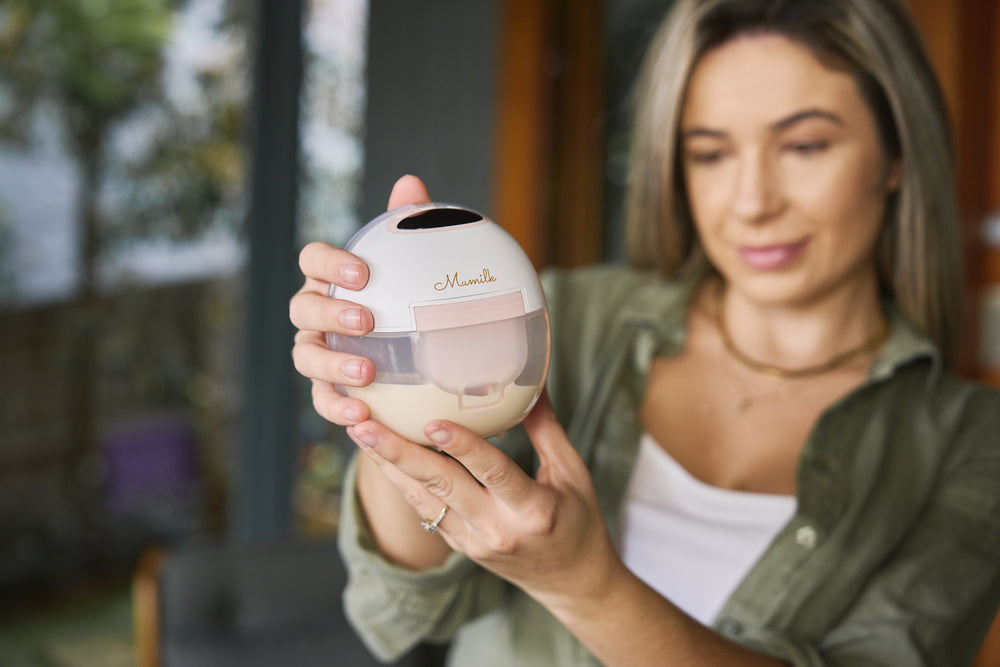

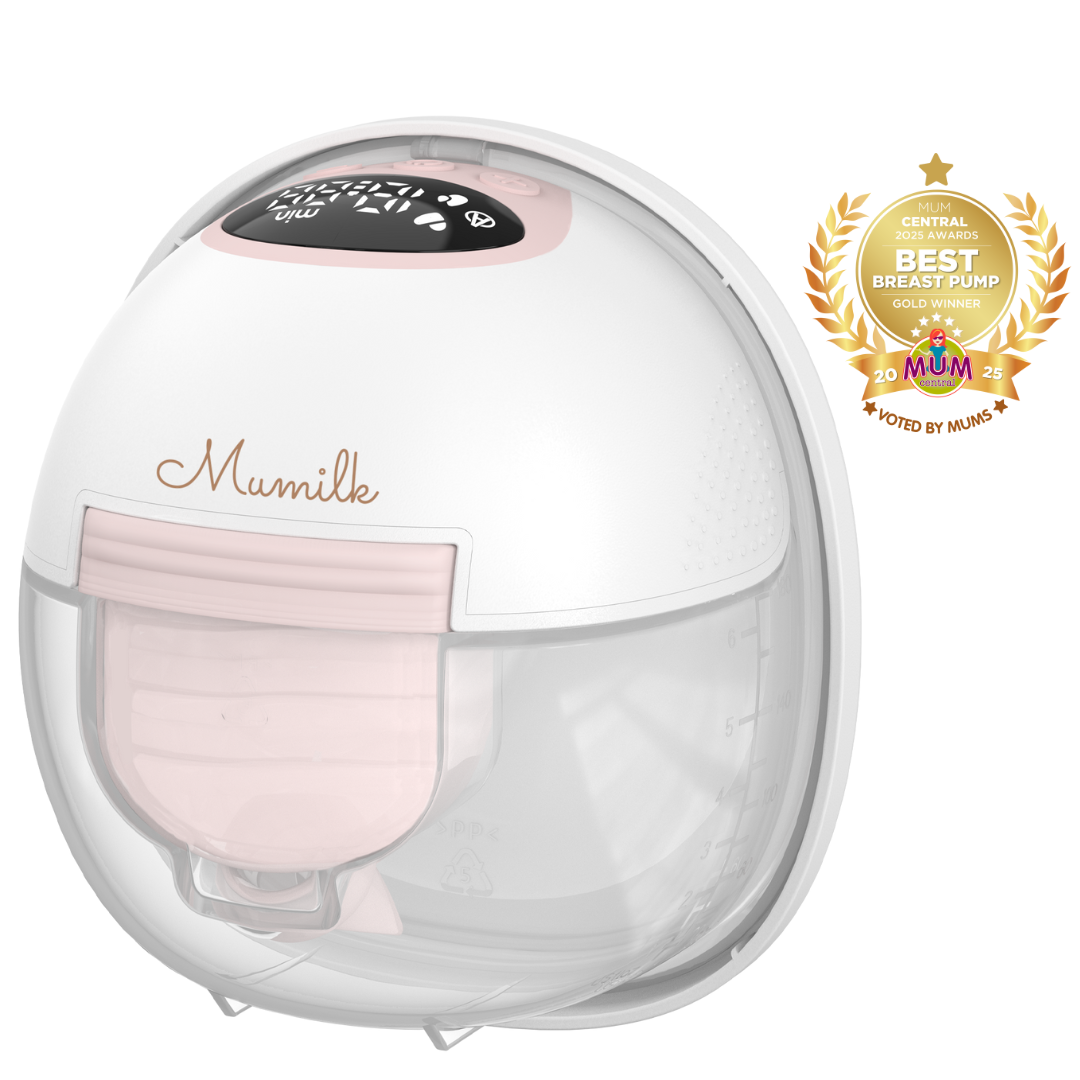
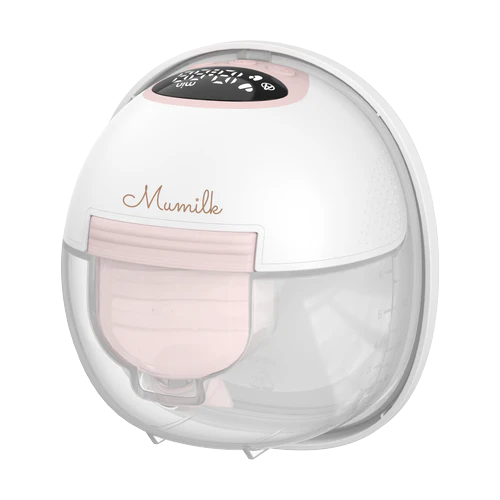
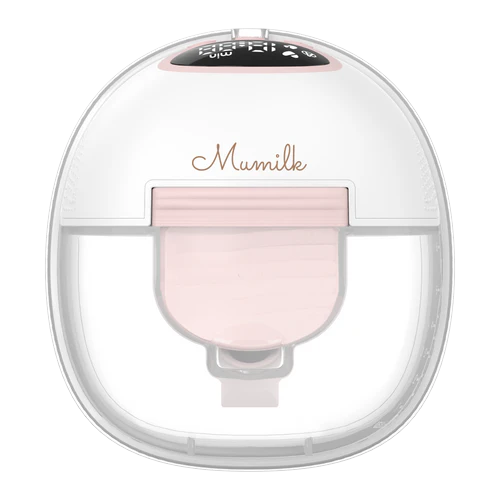
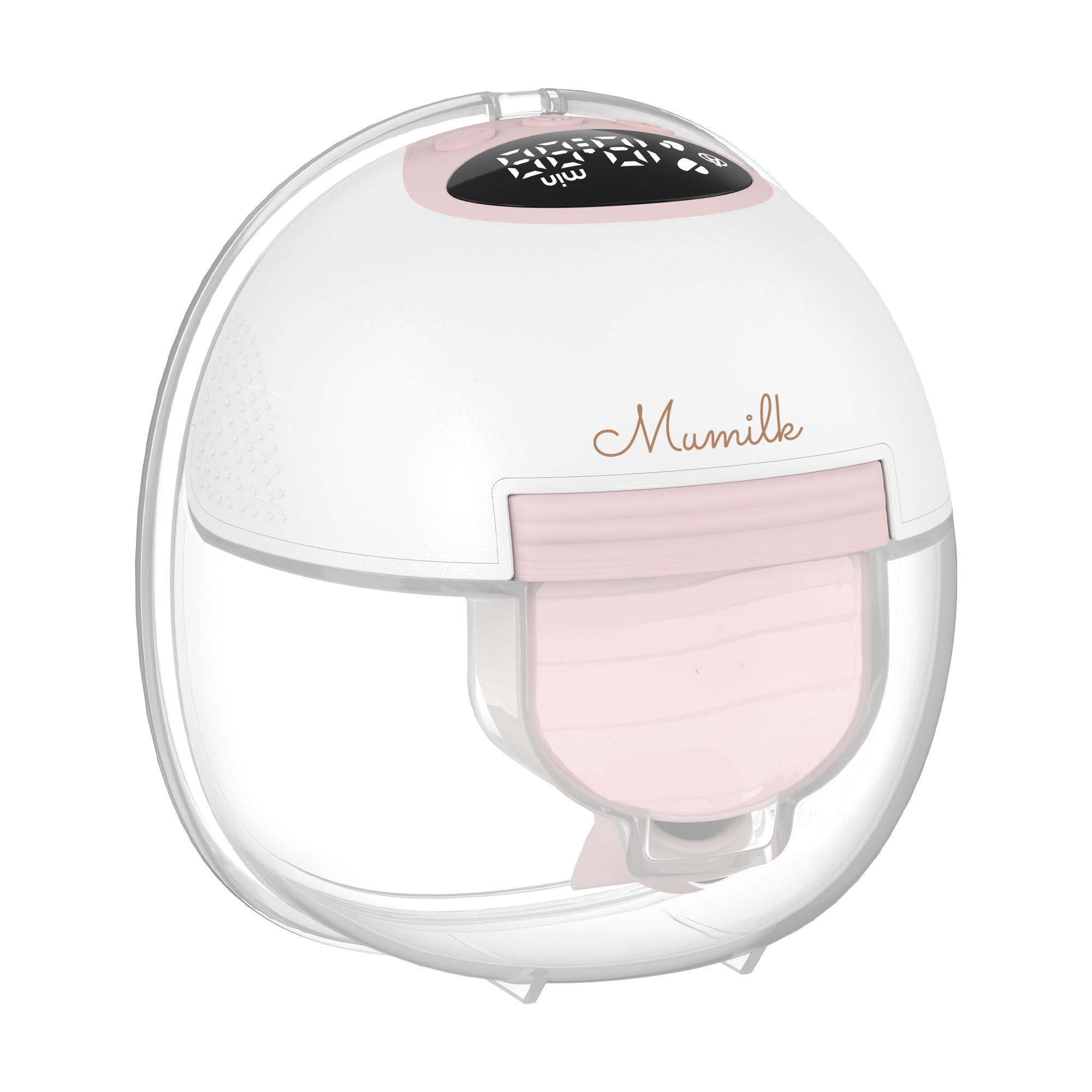





Share:
How To Collect Colostrum: A Step-by-Step Guide for Australian Mums
How to Clear a Blocked Milk Duct: Best Advice for Relief